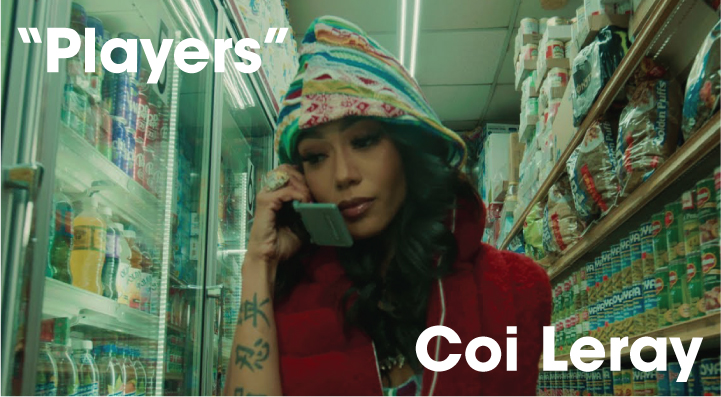After reading this article “The Dangers of Lazy Sampling for Producers” by Sample Hunt, I was compelled to write a corrective. You see, Sample Hunt uses the moniker “lazy sampling” to essentially describe any sampling that’s not intricate.[1]
Sample Hunt says that “lazy sampling” is “when a producer takes shortcuts by capitalizing on popular songs without contributing anything new.” Putting aside the “lazy” aspect of this, any sample-based beat that is combined with a vocal performance, be it someone rapping or someone singing, means that something new was added.
As in the case with all art, there are degrees to sampling and different levels of complexity. Calling one degree or kind of sampling “lazy” is reductive and misleading. This is because the fundamental principle that sampling relies upon is the repurposing of pre-existing sound recordings. And repurposing takes place at two levels: At the beat — i.e. the making of the sample-based beat — and the at the vocal performance.
Offer up what it considers to be a prime example of “lazy sampling,” Sample Hunt says that Coi Leray’s song “Players,” which samples Grandmaster Flash & The Furious Five’s “The Message” (1982), is a “clear case of lazy sampling. Not much creativity besides lifting the sample and updating the beat.” Sample Hunt further adds that, as a mainstream hit, “Players,” and other songs that use similar types of sample-based beats, “gives sampling a bad reputation,” that “Players” is the “perfect reference points for sampling’s biggest haters – those who think it’s about taking someone else’s music, copying and pasting it, and then claiming it as your own.”
The irony that “Players” samples Grandmaster Flash & The Furious Five, a group that literally built its earlier career rhyming over parts of “someone else’s music” that Grandmaster Flash manually sampled is completely lost on Sample Hunt. Clearly, Sample Hunt is less familiar with the true origins of the sampling tradition of hip hop/rap music. And this leads them to miss the fact that “Players” actually operates well within hip hop’s sampling tradition (which is one reason it became a mainstream hit). In any case, Coi Leray didn’t “take someone else’s music,” “copy and paste it,” and “claim it as her own.” Instead, she recorded a vocal performance — which is her own — to a sample-based beat that uses a sample of another song. Even if the sample-based beat is a loop of a recognized section from previous hit song, that does not diminish the secondary work.
So while a sample-based beat can indeed vary in terms of complexity, all sampling is, to a lesser or higher degree, creative. When we consider that the final song doesn’t end with the sample-based beat, this becomes clear. Because once a vocal performance is added, a new work is created and that new song stands on it’s on merit. Even though “Players” samples “The Message,” Coi Leray’s vocal performance on “Players” sounds nothing like Grandmaster Flash & The Furious Five’s performance on “The Message.” Moreover, both songs have two entirely different subject matters. “The Message” is a cautionary tale about the hardships and dangers of the ghetto; it’s a serious song that’s dark in nature. Whereas “Players” is about a single woman who wants to “play” just like men do; it’s a light and upbeat song that exudes fun and partying.
To further highlight the fact that the final product, regardless of the nature of the sample-based beat, is what distinguishes one song from the song that it samples — particularly when less is done with the sample — let’s consider a song like Erykah Badu’s “Didn’t Cha Know,” produced by J Dilla, one of the greatest sample-based beatmakers (producers) of all time. Are we to say that J Dilla did “lazy sampling” — or that he did not do “creative” sampling — because he didn’t shred the sample up into snippets? “Didn’t Cha Know” uses a recognizable sample from Tarika Blue’s “Dreamflower” (1976). Dilla adds some drums, but the brunt of the work is done by the loop. Either way, what counts more is Dilla’s ear for music [2] and Dilla’s conception of how the sample could be repurposed, along with Erykah Badu’s and Erica Wrights’s songwriting and Erykah Badu’s (and the backup vocalists’) vocal performance.
Notes:
1: To learn more about “intricate” sampling, see The Art of Sampling: The Sampling Tradition of Hip Hop/Rap Music and Copyright Law, 3rd Edition, Chapter 6.
2: To learn more about “ear for music” sampling, see The Art of Sampling: The Sampling Tradition of Hip Hop/Rap Music and Copyright Law, 3rd Edition, Chapter 9.
